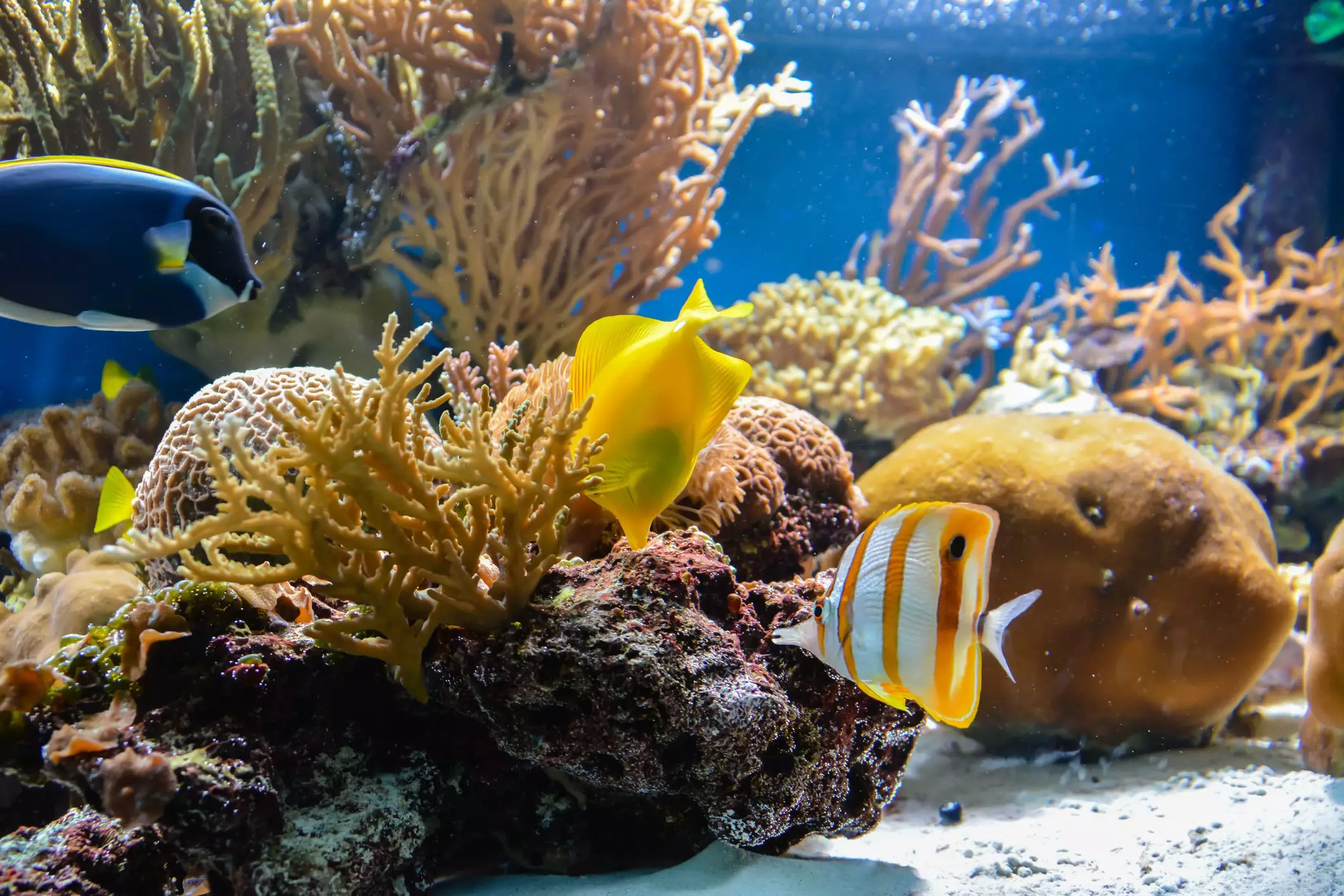Maintaining an aquarium is akin to juggling; it requires balancing multiple elements like water quality, light exposure, and nutrient levels. Among the various challenges faced by aquarium enthusiasts, algae growth stands out as a universal issue. While some algae presence is entirely normal—an indicator of a functioning ecosystem—excessive algae can lead not only to an unappealing tank but also pose dangers to fish and plant health. The good news is that understanding the causes of algae overgrowth provides a roadmap to effectively combat it.
Decoding the Algae Enigma
Algae can blossom into a nuisance under certain environmental conditions, transforming your beautiful tank into a murky landscape. Characteristically present in shades of green, brown, or even red, algae can manifest as fuzz or a stubborn film on various surfaces within your aquarium. So, how do we tackle this issue? The first step is understanding the fundamental needs that encourage algae to flourish—namely, water, light, and nutrients.
Water is non-negotiable; however, light and nutrient levels can be manipulated for better balance.
Prolonged exposure to lighting, whether from direct sunlight or harsh artificial sources, can significantly contribute to algae proliferation. Factors such as overfeeding your fish or delaying necessary water changes exacerbate these conditions. This conundrum is particularly pertinent for new aquarium hobbyists, but with a focused action plan, it can be comfortably managed.
Proactive Solutions for Algae Control
Rather than resigning to a battle of attrition with algae, aquarium owners should adopt a proactive approach. The cornerstone of this approach lies in a combination of environmental adjustments and good husbandry practices.
Firstly, reconsider the lighting setup in your tank. Natural sunlight should be kept at bay; positioning your aquarium in a location devoid of direct sunlight is crucial. For artificial lighting, a balance is vital. Aim for a light cycle of 8 to 10 hours daily, utilizing timers to ensure consistent patterns.
Feeding your fish plays an equally critical role in algae management. Overfeeding can lead to nutrient spikes—specifically phosphates—that directly feed algae growth. Portion control is essential; offer small increments of food, and if remnants remain after five minutes, consider the quantity too substantial. Always remove uneaten food promptly to prevent excess nutrient buildup.
The Significance of Consistent Water Changes
One of the single most effective strategies for controlling algae lies in the routine upkeep of water quality. Regular water changes—ideally 10% to 15% weekly—help maintain a balanced nutrient level while removing harmful nitrates. It’s akin to refreshing the air you breathe; the cleaner the water, the healthier the ecosystem.
Additionally, water quality starts long before it enters your tank. Analyze your water source for contaminants, particularly phosphates and nitrates. If necessary, explore remedial methods such as using phosphate-removing agents or switching to a more suitable water source, like filtered water.
The Role of Aquatic Flora and Fauna
What if I told you that some algae can actually be beneficial? Most aquariums benefit from the presence of live plants. They not only enhance aesthetics but absorb the very nutrients that algae crave. This natural competition for nutrients can considerably mitigate algae growth.
In addition to live plants, consider introducing algae-eating fish. Species such as Otocinclus, Siamese flying foxes, and Plecostomus can help regulate algae levels. However, it’s imperative to evaluate the specific algae types present in your aquarium to determine the most effective combat strategies tailored to each case.
Identifying and Combatting Different Algae Types
Understanding the types of algae is paramount to effective management. For instance, brown algae, commonly seen in novice setups, is typically harmless and often subsides as the tank matures. On the other hand, blue-green algae, which is often cyanobacteria, presents a challenge due to its capacity to proliferate rapidly. Effective water management is key here, but special treatments like Erythromycin may be necessary—albeit with caution to preserve beneficial bacteria.
Then, there’s the infamous red or beard algae, notoriously difficult to eradicate. The solution involves strategic use of diluted bleach solutions, requiring caution to prevent harm to your aquatic plants.
Finally, green water, characterized by an algal bloom, can be one of the more stubborn types to handle. In such cases, traditional methods like water changes have limited impact. Employing a UV filter or depriving the tank of light temporarily can yield promising results.
While algae may be an inevitable component of aquarium care, it need not become an insurmountable obstacle. With a well-rounded approach emphasizing cautious feeding, diligent routine maintenance, and understanding the ecosystem, aquarium enthusiasts can regain control and promote a flourishing underwater environment. It’s not just about prevention; it’s about achieving balance and harmony within your aquatic sanctuary.

